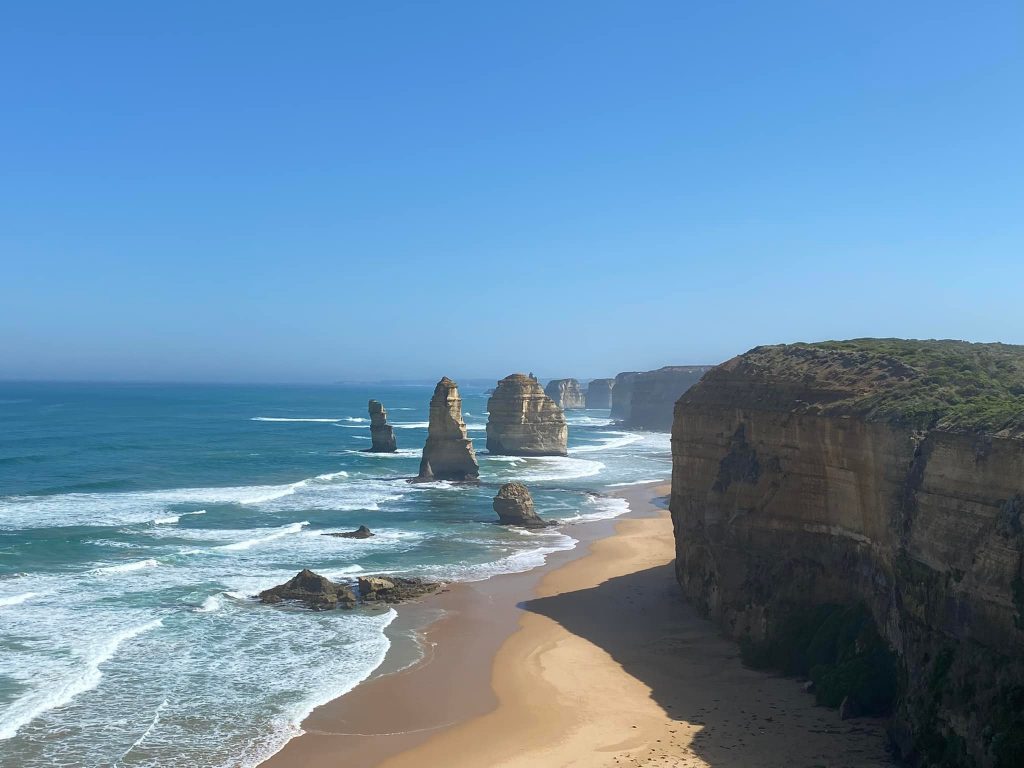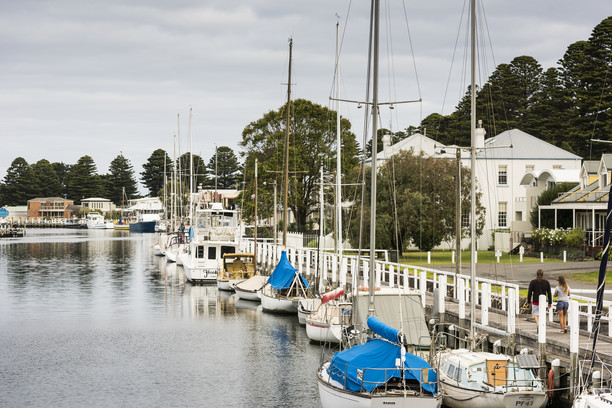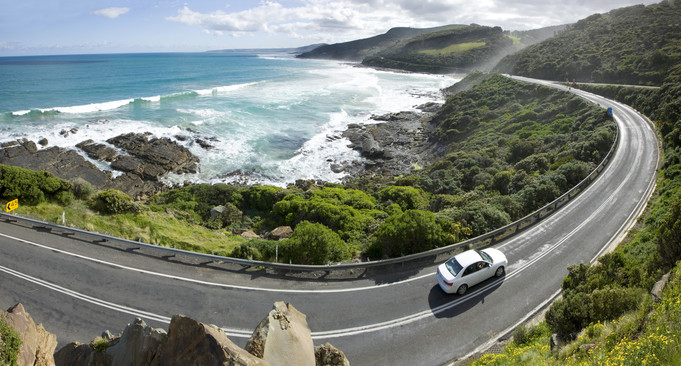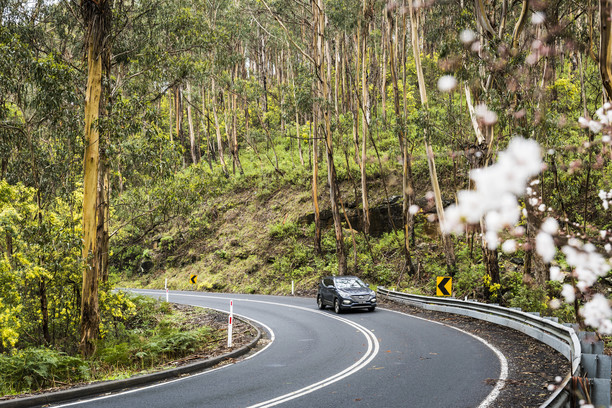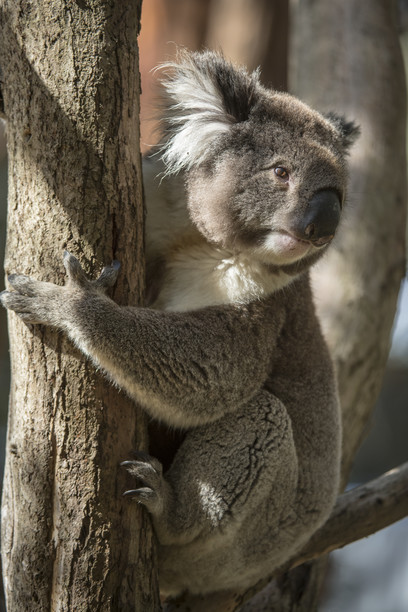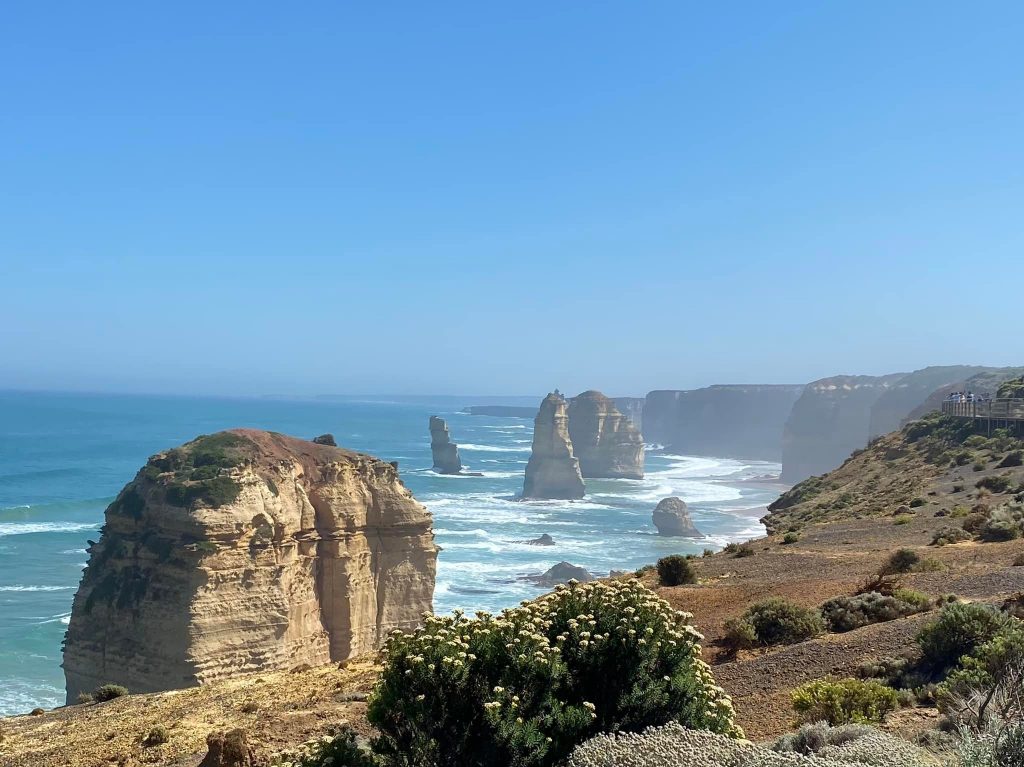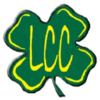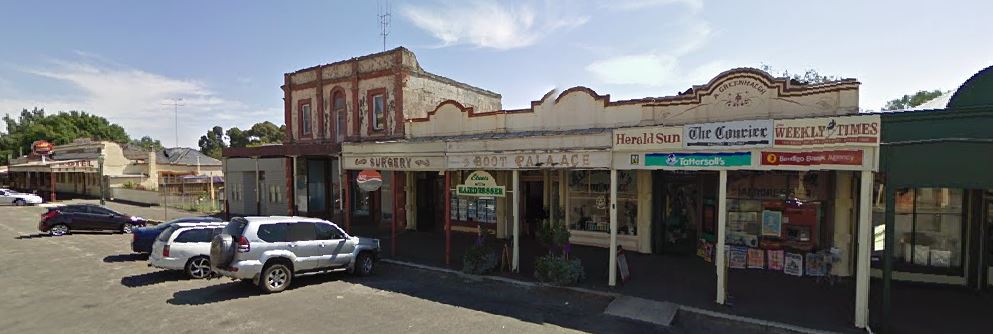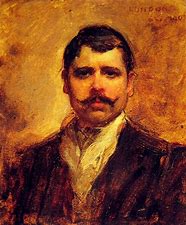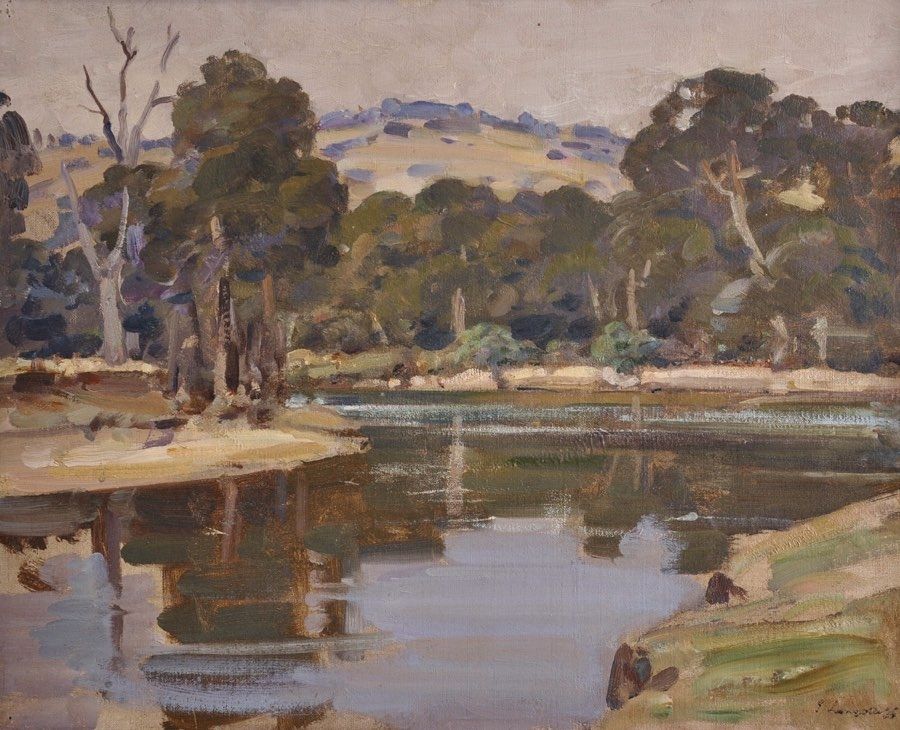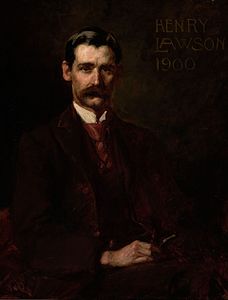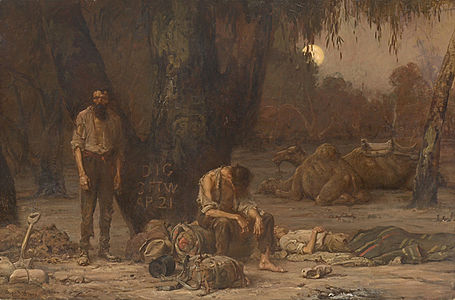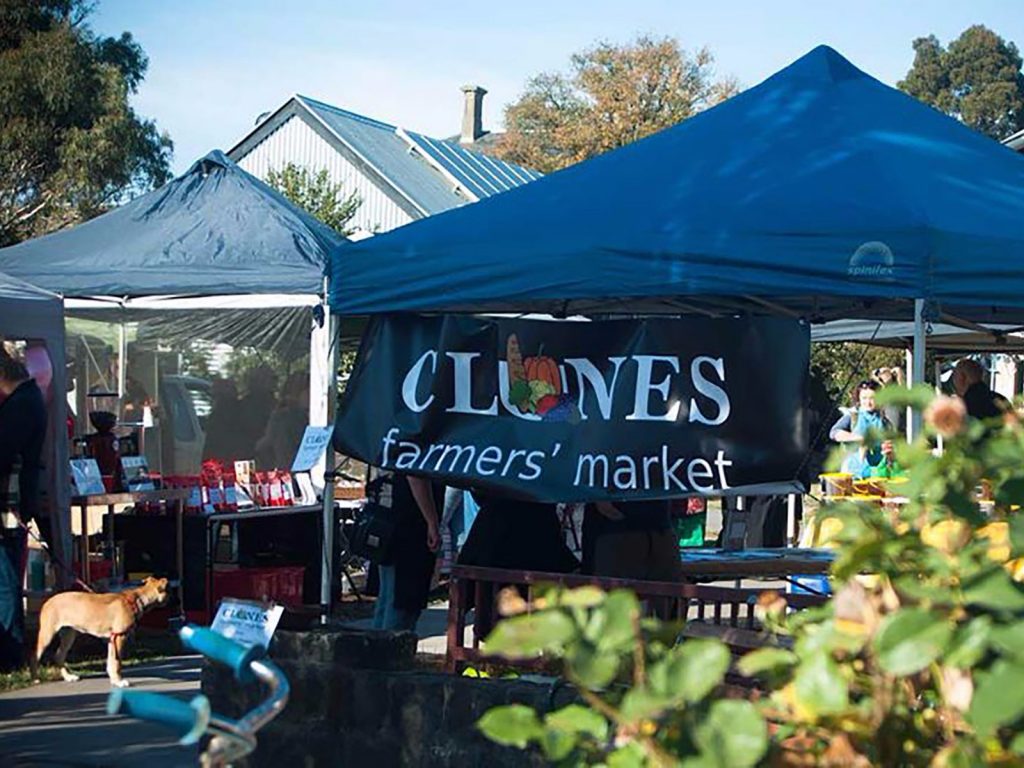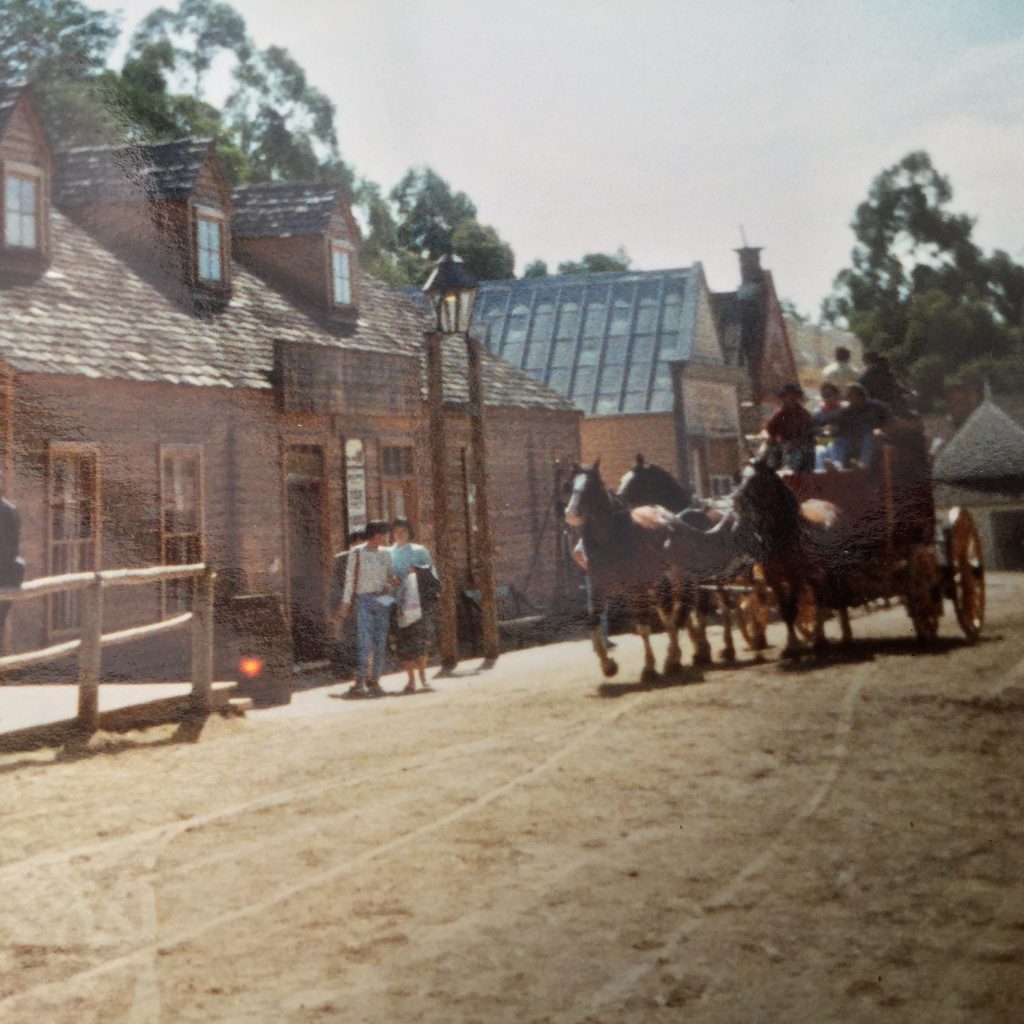The Great Ocean Road-Victoria
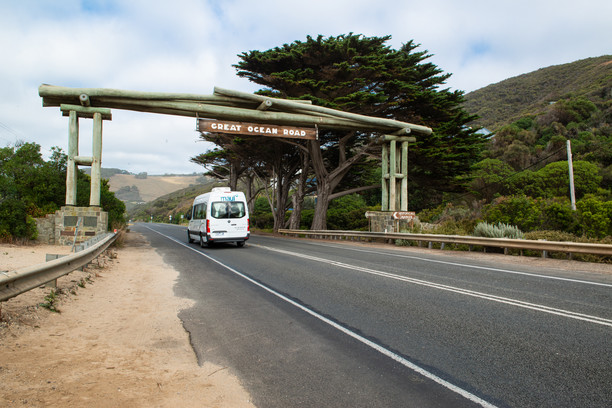
The Great Ocean Road-Victoria
One of the world’s most scenic Coastal Drives
The Great Ocean Road is 240-kilometre (150 mi) stretch of road along the south-west coast of Victoria between the coastal towns of Torquay and Allansford. The Great Ocean road was built by returned soldiers between 1919 and 1932 and dedicated to soldiers killed during World War I; as such it is the largest war memorial in the world.
The road winds through many different terrains along the coast of Bass Straight and slightly inland forests. The road is a must see for all visiting tourists providing one of the world’s most scenic drives.
I have personally spotted whales from one part of the road and seen wallabies, kangaroos and koalas along other parts of the road. There are activities such as surfing, fishing, diving and many scenic walks for the outdoor minded. There are also great dining and accommodation in places along the way especially at Lorne.
The road provides access to several places of interest, including the Twelve Apostles’ limestone pillar formations, There are Giant Red Wood plantations near Lorne, and the Cape Otway Lighthouse. Most Day Trips from Melbourne stop just short of Port Campbell and head back through Colac and Geelong on the Inland route which is much quicker.
In December 2020, legislation went into effect to legally protect the Great Ocean Road – called the “Great Ocean Road Environs Protection Act 2020”.[2]
The city of Geelong, close to Torquay, experiences great benefit from Australian and international visitors to the road; with Geelong Otway Tourism affirming it as an invaluable asset. The Royal Automobile Club of Victoria (RACV) listed the road as the state’s top tourism experience in its Victoria 101 survey, based on spots recommended by members and the public on what they would recommend to visitors.

